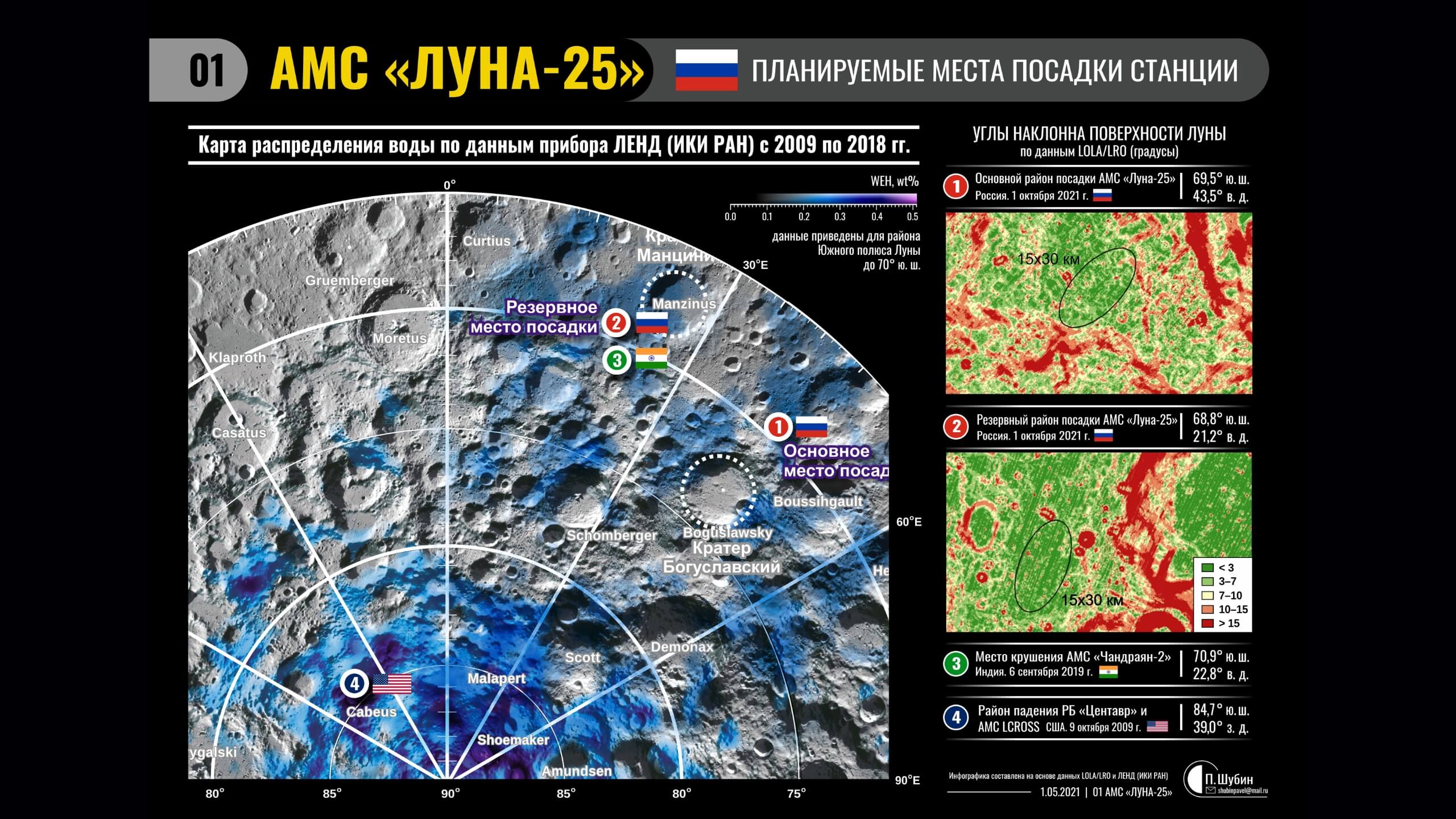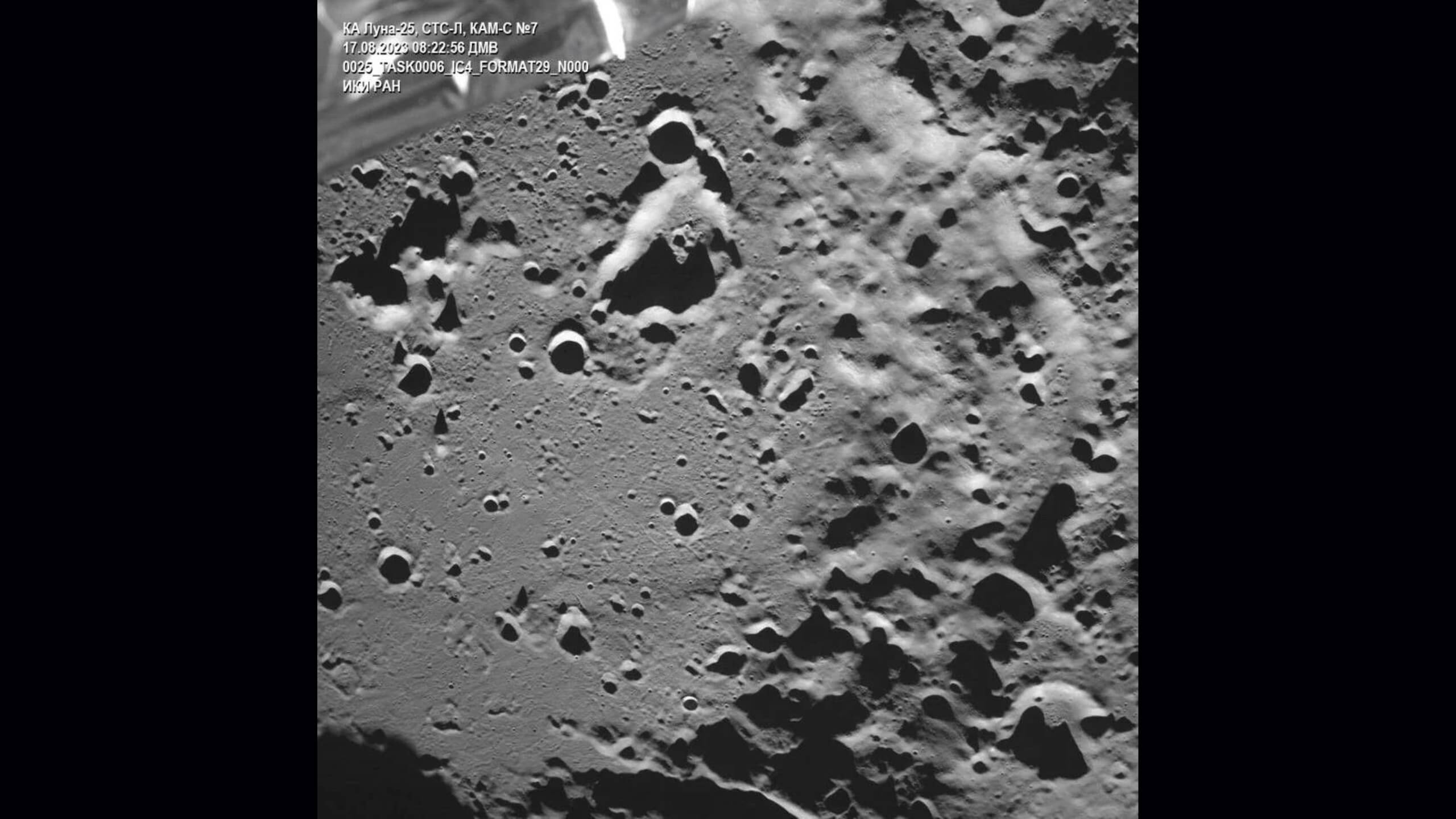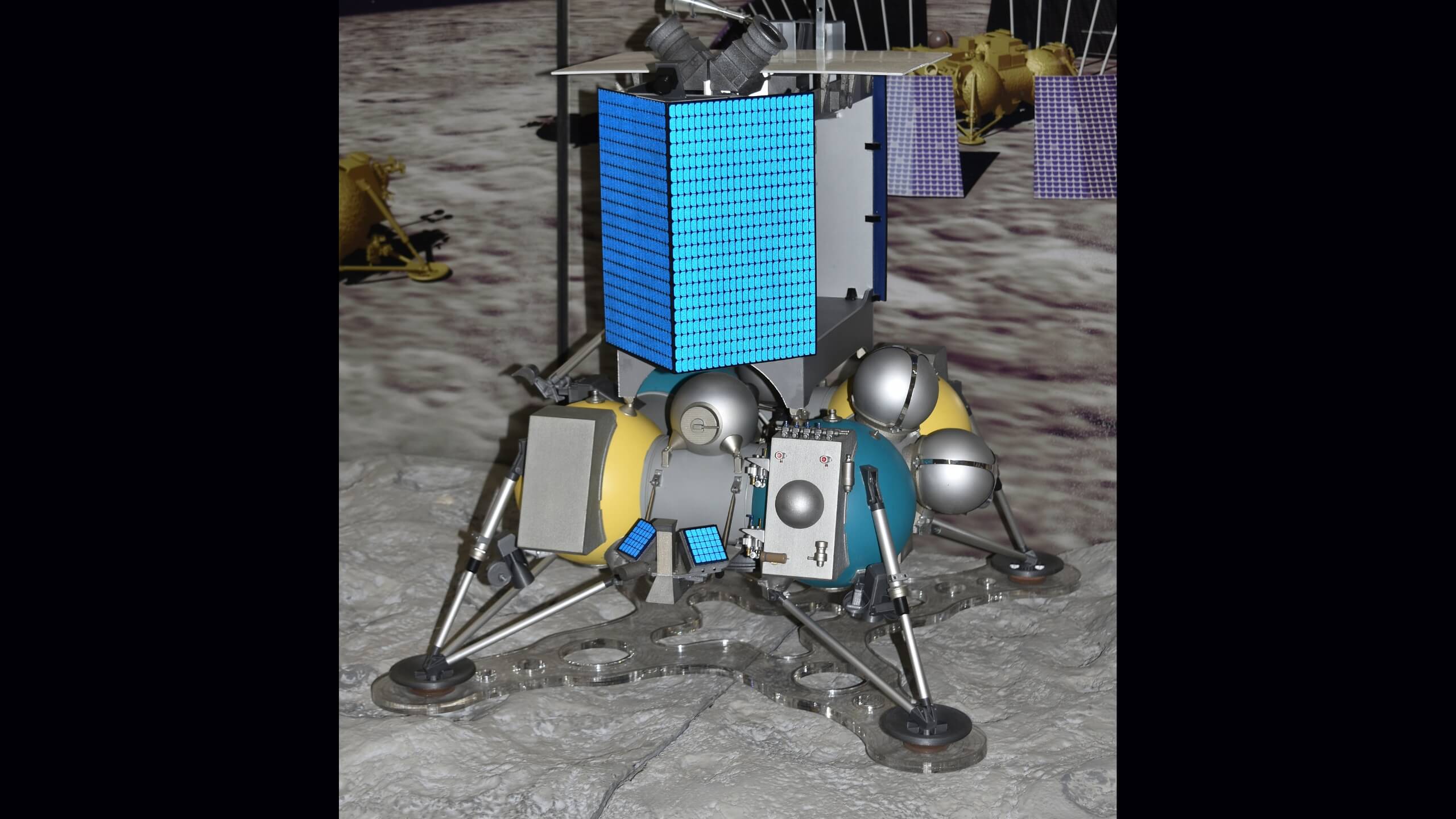Russia’s ambitious plan to return to the moon after a long hiatus has been dashed by a technical glitch that caused its Luna-25 spacecraft to crash into the lunar surface. The mission, which aimed to explore the moon’s south pole and search for water ice, was supposed to revive Russia’s space glory and challenge the dominance of other space powers like the United States and China.
Also read: How many times have Humans been to the Moon?
Luna-25 was launched on August 10 from the Vostochny cosmodrome in eastern Russia, using a Soyuz 2.1 rocket. It reached the moon’s orbit on August 16 and began preparing for a soft landing near the south pole, a region that has never been visited by any lander or rover before.

However, on August 19, something went wrong during a maneuver that was supposed to lower the spacecraft’s orbit and align it with the landing site. Roscosmos, Russia’s state space agency, said that an “emergency situation” occurred on board the spacecraft, preventing it from performing the maneuver as planned. The spacecraft lost contact with mission control and entered an unpredictable orbit, eventually colliding with the moon.

Roscosmos did not provide any details about what caused the problem, but said that a special commission was investigating the failure. Some experts speculated that the spacecraft may have suffered from a software glitch, a hardware malfunction, or a collision with space debris.
The failure of Luna-25 is a major setback for Russia’s space program, which has been struggling with budget cuts, corruption scandals, and launch delays in recent years. It also highlights the gap between Russia and other spacefaring nations, such as the United States, which has landed six rovers on Mars and plans to send humans back to the moon by 2024, and China, which has landed two rovers on the moon and one on Mars.

Luna-25 was supposed to be the first of a series of lunar missions that Russia had planned for the next decade, including orbiters, landers, rovers, and sample return missions. It was also seen as a precursor for a possible human mission to the moon in the future. The failure of Luna-25 casts doubt on whether Russia can achieve these ambitious goals and restore its reputation as a space power.


